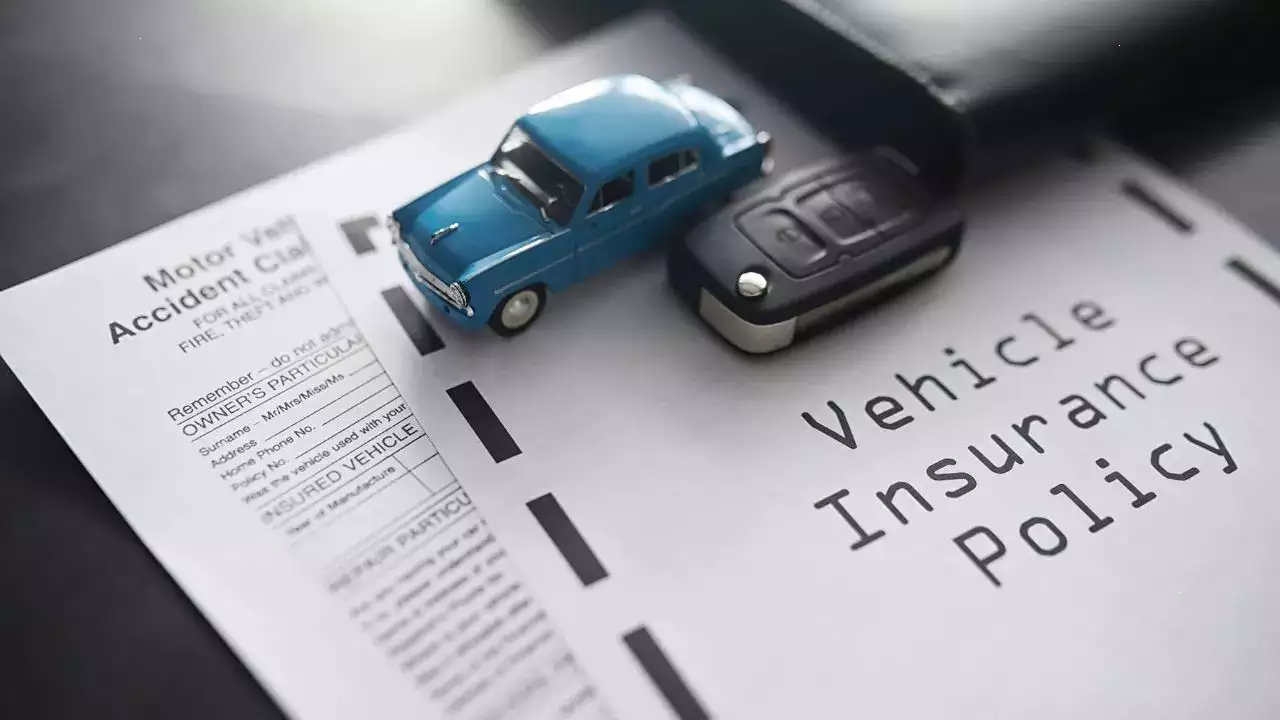When choosing car insurance, understanding the differences between comprehensive insurance and liability insurance is essential to ensure you have the right level of protection. Each offers unique benefits and limitations, and they cover different types of risks. Below is a breakdown of each type, along with their advantages and disadvantages.
1. Comprehensive Car Insurance
Definition:
Comprehensive insurance provides coverage for a wide range of damages to your own vehicle that occur outside of typical collisions. This includes protection against natural disasters, vandalism, theft, fire, falling objects, and animal-related incidents.
Benefits:
- Broader Coverage: Comprehensive insurance covers more than just accidents involving other vehicles, extending to events like storms, floods, and theft.
- Peace of Mind: With this coverage, you’re protected from financial losses caused by events beyond your control, making it ideal for people in areas prone to weather risks or theft.
- Covers Repair or Replacement Costs: If your car is significantly damaged or even stolen, comprehensive insurance can cover the cost of repairs or even replace the vehicle, depending on the policy terms.
Limitations:
- Higher Premiums: Comprehensive coverage usually comes with higher premiums than liability insurance due to its expanded range of protection.
- Deductibles: Most comprehensive policies require a deductible, meaning you must pay a set amount out-of-pocket before the insurance kicks in.
- Does Not Cover Liability: Comprehensive insurance does not cover damages to other people’s property or injuries to others if you’re at fault in an accident. For this, you need liability insurance.
Best For:
- Drivers seeking extensive coverage for a wide range of potential risks.
- People in areas with high risks of natural disasters, theft, or vandalism.
2. Liability Car Insurance
Definition:
Liability insurance covers damages or injuries you cause to others in an accident for which you are at fault. This includes bodily injury liability (injuries to other people) and property damage liability (damage to others’ property).
Benefits:
- Meets Legal Requirements: In most regions, liability insurance is the minimum required by law, making it necessary to drive legally.
- Lower Premiums: Liability insurance typically has lower premiums than comprehensive insurance, making it an affordable choice for basic coverage.
- Protects Against Major Financial Burdens: If you’re responsible for an accident, liability insurance covers damages and injuries to others, potentially preventing you from incurring significant out-of-pocket expenses.
Limitations:
- Limited Protection: Liability insurance only covers the other party’s expenses if you’re at fault; it doesn’t cover damage to your own vehicle or injuries you may sustain.
- Risk of Financial Exposure: In a serious accident, the costs might exceed the policy’s liability limits, leaving you responsible for the remaining expenses.
- Does Not Cover Non-Collision Incidents: Damage caused by events like theft, natural disasters, or vandalism is not covered under liability insurance.
Best For:
- Drivers seeking basic coverage to meet legal requirements.
- Those who are looking for the most affordable insurance option without coverage for non-collision events.
Key Comparison Table
| Feature | Comprehensive Insurance | Liability Insurance |
|---|---|---|
| Coverage Scope | Covers own vehicle damage from non-collision events | Covers damages/injuries caused to others in an at-fault accident |
| Protection for Own Vehicle | Yes | No |
| Protection for Other Vehicles/People | No (unless additional collision coverage is added) | Yes |
| Premium Cost | Higher | Lower |
| Legal Requirement | Usually not legally required | Required in most regions |
| Ideal For | Drivers seeking extensive protection | Drivers needing basic coverage to meet legal requirements |
Conclusion
Comprehensive Insurance is ideal for those wanting more protection for their vehicle from a wide range of potential risks, while Liability Insurance offers basic coverage, protecting you against financial responsibility for damages to others. Choosing the right type of insurance depends on your budget, vehicle value, and risk exposure. For full protection, many drivers opt to combine both comprehensive and liability coverage, ensuring they are prepared for a variety of scenarios.




